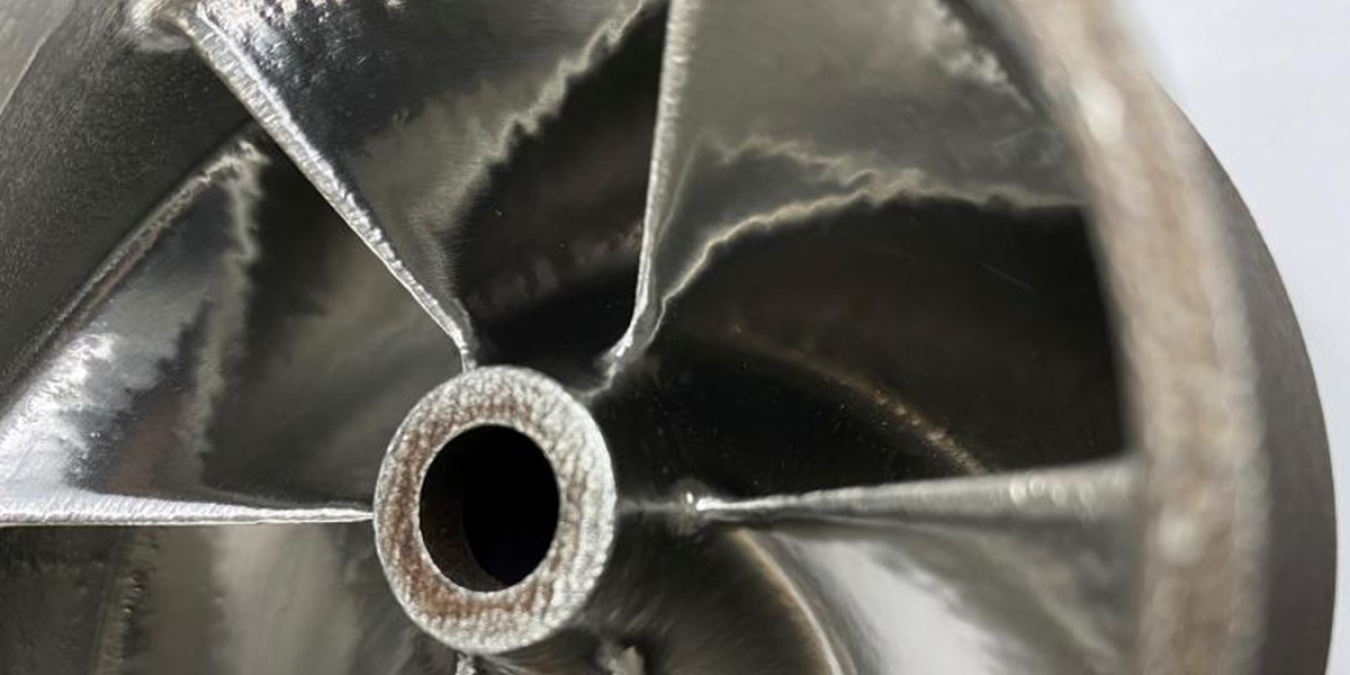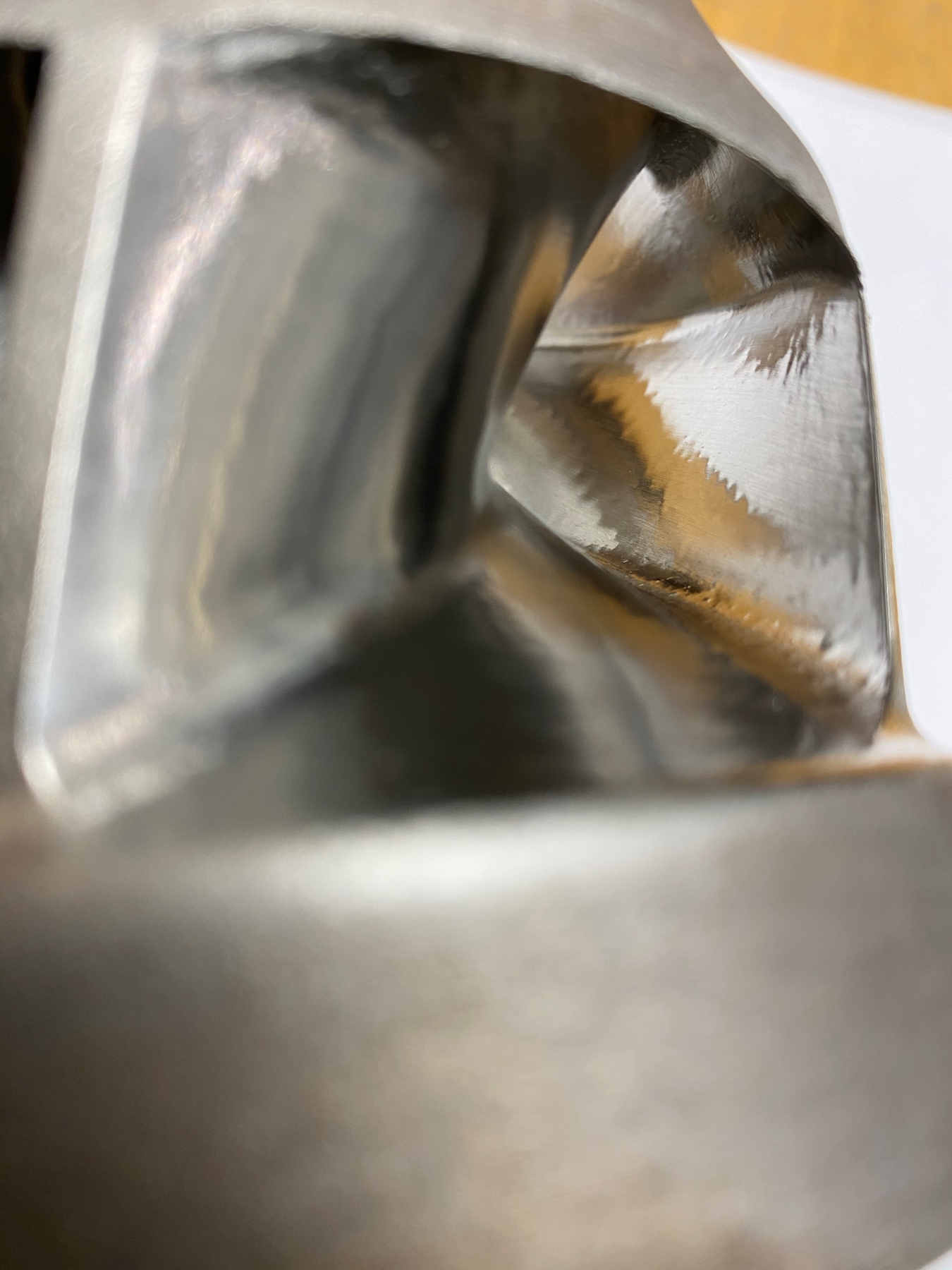Oak Ridge National Laboratory 3D prints key part for Kairos Power’s advanced reactor prototype.
August 11, 2020

3D-printed part for a scaled-down prototype reactor for Kairos Power.
Oak Ridge National Laboratory (ORNL) successfully 3D printed a salt pump impeller for Kairos Power’s new advanced reactor prototype. The print was done in less than a day and leverages the latest advancements in advanced manufacturing and artificial intelligence that the lab is demonstrating through its Transformational Challenge Reactor (TCR) program.
The new manufacturing approach is expected to significantly accelerate the design and deployment of new nuclear technologies.
Printing Complex Parts
The TCR team worked with Kairos to optimize a salt pump impeller for the company’s new molten salt reactor design. Within a short timeframe, ORNL 3D printed the impeller and sent it to Kairos, which began testing the part within days. The finished impeller met all system requirements on the very first build.

3D-printed salt pump impeller.
Additive manufacturing, also known as 3D printing, allows developers to make complex, three-dimensional shapes from a computer design file. Traditional manufacturing methods would have required Kairos to mold, cast, finish, and machine the impeller before testing it. By incorporating 3D printing techniques with real-time data characterization, Kairos was able to cut months off of the design process and save thousands of dollars.
“This partnership creates flexibility and competency, allowing us to build smarter and faster through our iterative development approach,” said Dr. Edward Blandford, Kairos’ co-founder and chief technology officer.
In addition to the physical part, the TCR team also provided Kairos with 3D digital data that details manufacturing signatures for every small volume of the impeller, which can be used to certify the quality of the product.
A New Approach
ORNL’s TCR program is funded by the Office of Nuclear Energy and aims to develop, deploy, and operate a 3D printed microreactor within the next five years. The lab is looking to modernize the nuclear industry by coupling additive manufacturing with data analytics to quickly develop and deploy new nuclear technologies.
As part of the demonstration project, TCR is engaging with Kairos and other industry partners to help them integrate this unique approach into their own designs.
“We want to make sure that TCR isn’t done in a bottle,” said ORNL TCR team member Ryan Dehoff. “There has to be broad societal impact and broad applicability to the nuclear community.”
In addition to interacting with nuclear technology developers such as Kairos, ORNL is working with the U.S. Nuclear Regulatory Commission, which has sent some of their staff to integrate within the TCR team. TCR wants to engage the entirety of the U.S. nuclear ecosystem from the ground up to ensure these new approaches to development and qualification will be broadly adopted — a key element to cost-effective deployment of new nuclear technology in the nation.
Learn more about how the TCR program’s agile approach and rapid design iteration could support industry in bringing advanced reactors to market.

